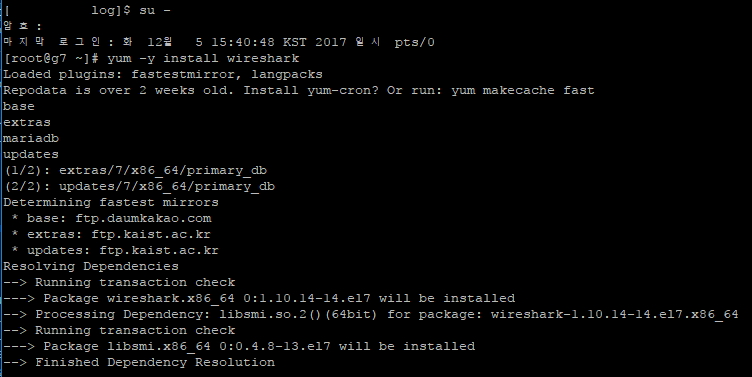

The same is visible in below image as an illustration: Capture filters can be applied by typing in “Capture … using this filter” input box. You shall use these filters before starting packet capture.

You can use Capture Filters to restrict the type of packets to capture. The captured packets are still available. It is noteworthy that Wireshark filters the packets in display only. Observations: Wireshark will display only the packets that relates to UDP protocols. Observations: It displays only the packets that relates to TCP and associated protocols i.e. Let us check out some examples of display filters by specifying any items in the display filter and press arrow key to apply filter as given below: a. Display Filtersĭisplay Filters can be used on already captured packets. There are two types of filters in Wireshark i.e. The table displays a comprehensive list of packets that Wireshark has captured. OCSP – Online Certificate Status Protocol Filters in Wireshark TLSv1.2 – Transport Layer Security Version 1.2 There are several packets captured by your system. Wireshark will start capturing network packets and display a table.Īfter a while (15 to 20 seconds), stop capturing (“Capture” → “Stop”). Start packet capturing by clicking “Capture” → “Start” button. The only available interface is the main Ethernet interface of your system. It will return back to main window of Wireshark with single interface as visible in below image. Promiscuous mode is useful to monitor network activity.Ĥ. In an Ethernet local area network (LAN), promiscuous mode is a mode of operation in which every data packet transmitted can be receive and read by a network adapter. This mode of operation is sometimes useful for a network snoop server that captures and saves all packets for analysis (for example, for monitoring network usage). In a network, promiscuous mode allows a network device to intercept and read each network packet that arrives in its entirety. What is promiscuous mode of operation in wireshark? Uncheck “Enable promiscuous mode on all interfaces”. Check “enp0s3” interface and uncheck all other interfaces, then press ‘OK’.ģ. Now follow next two instructions below:Ģ. The IP address of loopback “lo” interface is: 127.0.0.1 as visible in above image. Identify the IP address of “lo” interface:

It will disaplay how many interfaces your system have? For example, this System has Nine Interfaces: Wireshark settings before packet capture:

Ignore it as now and press ‘OK’ to continue. Wireshark may display an error as you have opened it as superuser. The Wireshark application will be visible as below: Type the following command to open Wireshark:
#Make iograph using tshark install
Wireshark installation will continue and successfully install it on your system. Or, you may create a new group of users for accessing Wireshark. For security pupose, it is not advisable to allow non super users to access Wireshark. During installation, Wireshark configuration screen will ask “Should non super users be able to capture the packets?”. Press ‘y’ when prompted to occupy additional space. Open a terminal and type the following command to install Wireshark: Follow the information in this article below to use Wireshark on a Linux system (Ubuntu used for writing this article). This article is a tutorial, in other words, a step by step practical guide to install and use Wireshark. It is the de facto standard across many commercial and non-profit enterprises, government agencies, and educational institutions. It lets you see what’s happening on your network at a microscopic level. Wireshark is the world’s foremost and widely-used network protocol analyzer.


 0 kommentar(er)
0 kommentar(er)
